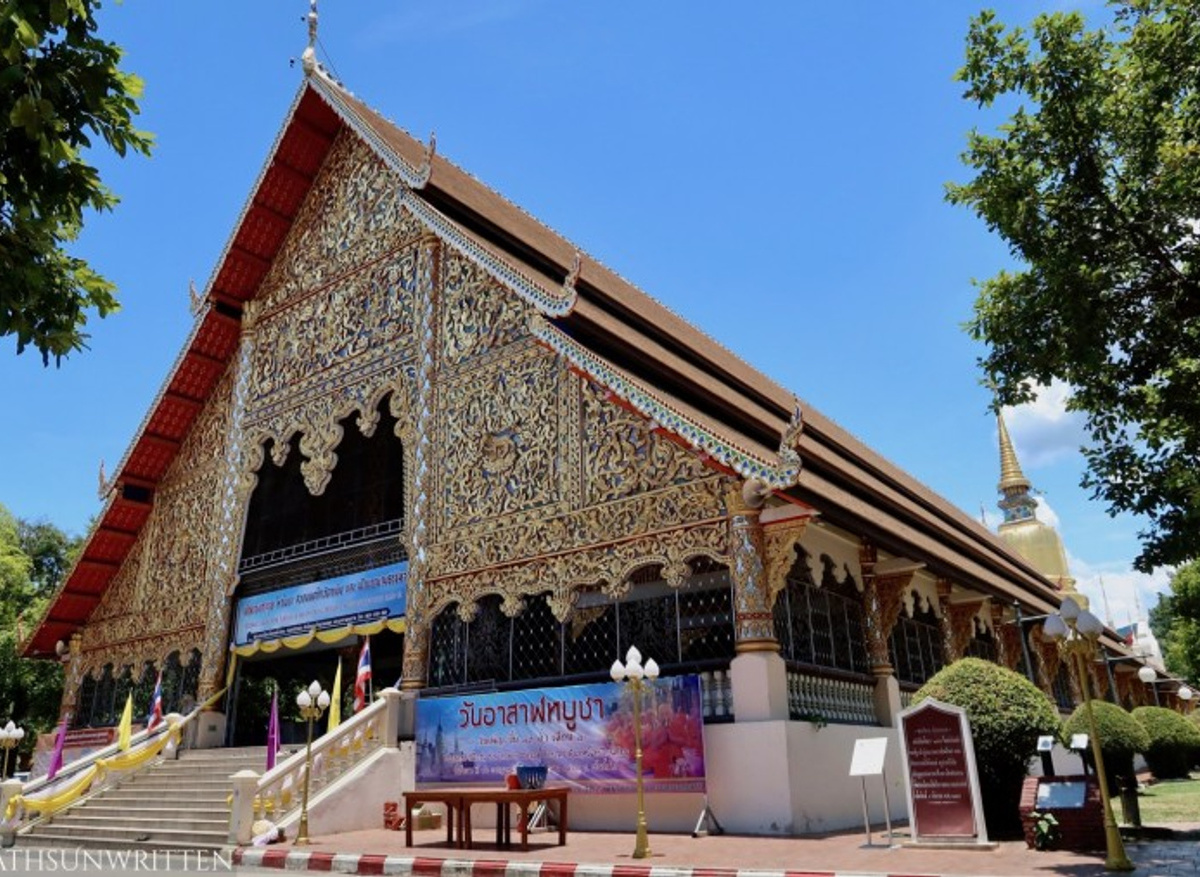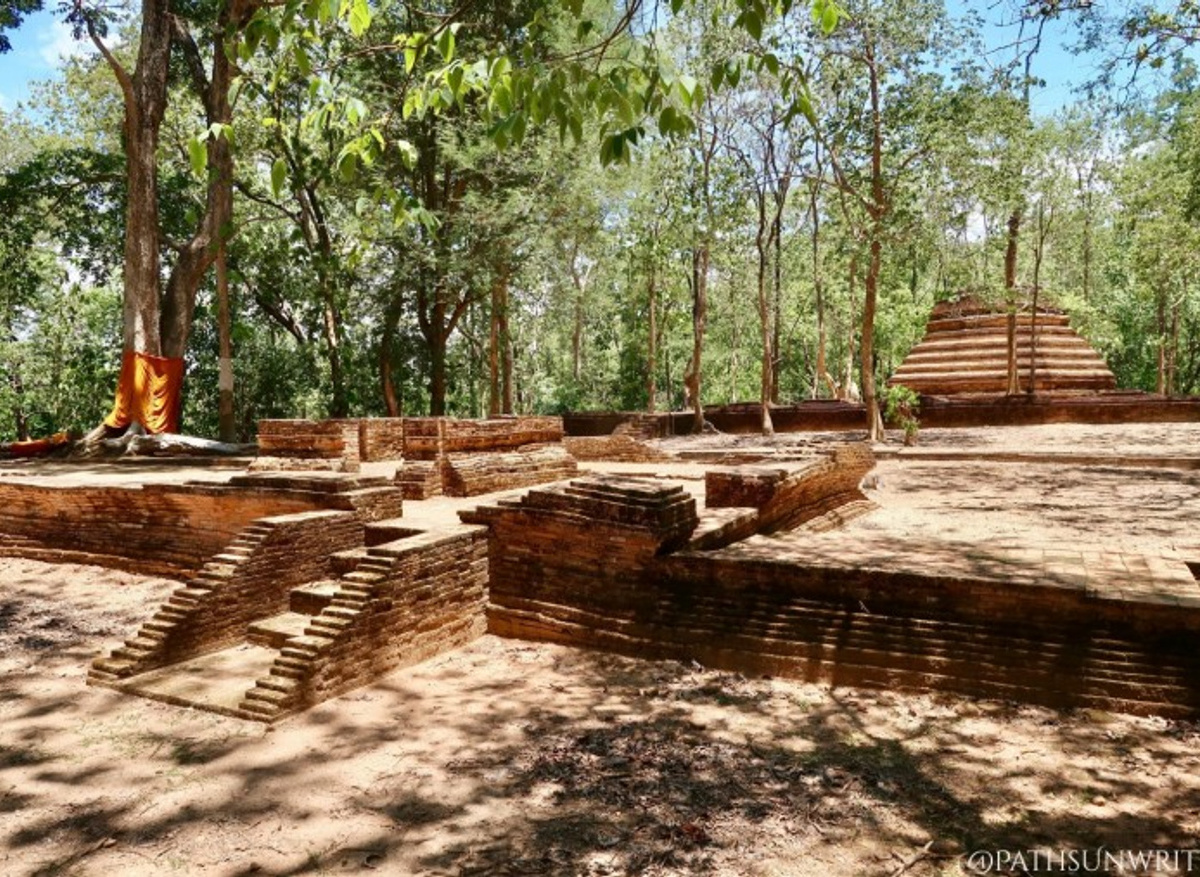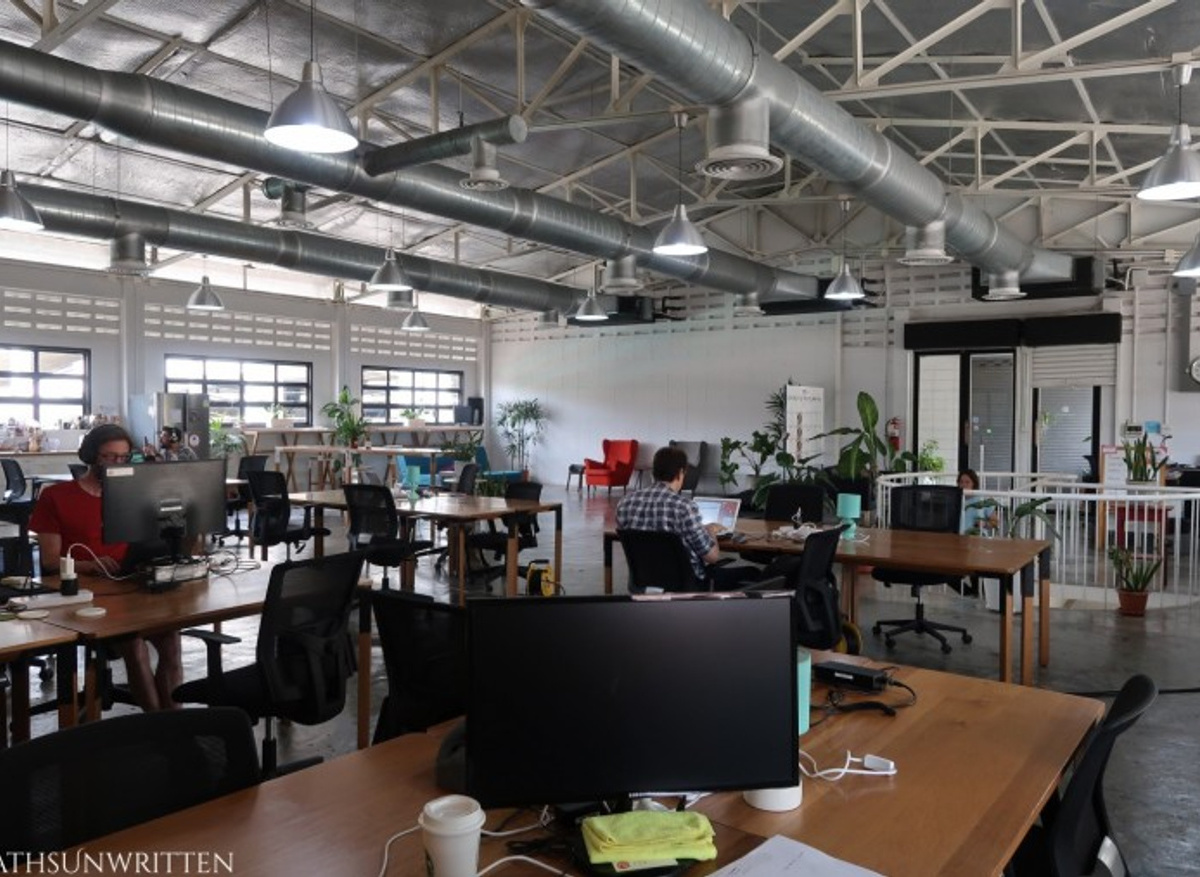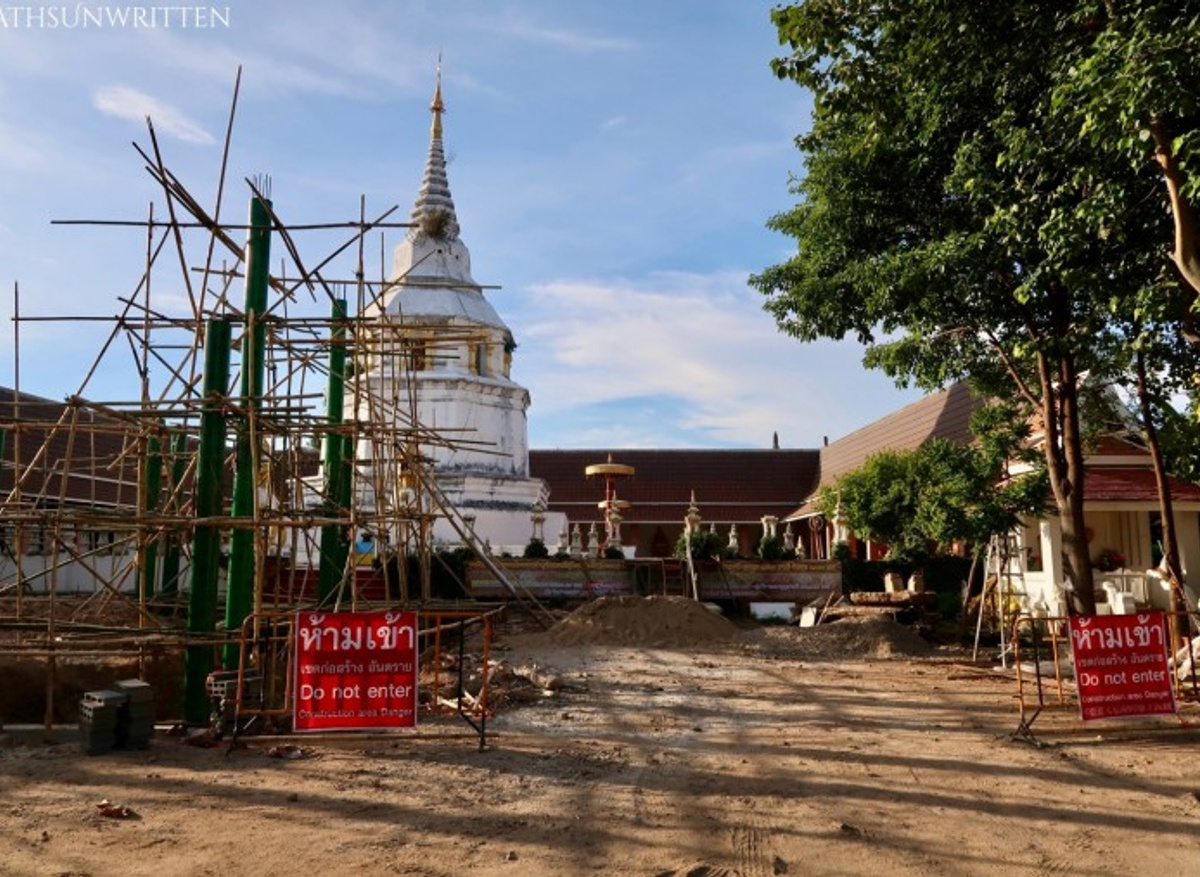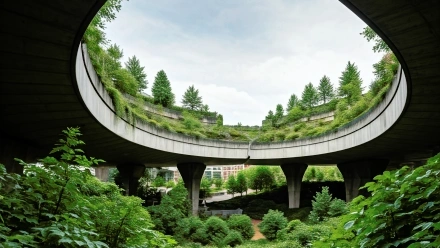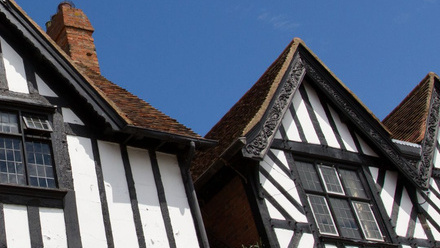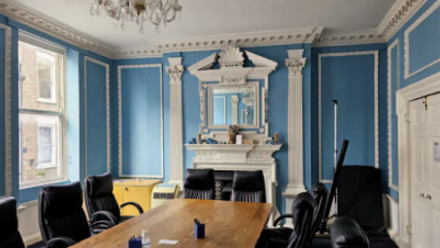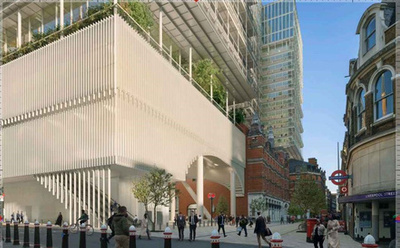An unexpectedly clear morning shone over the Chiang Mai Valley, making for a pleasant drive across town to my Thai language classes. Parking a block away and getting an obligatory iced coffee, I passed a number of early morning Chinese tourists snapping photos in a newly built outdoor shopping mall.
Language classes in Thailand usually consist of foreigners who are staying in the country for several months. Chiang Mai also hosts a large number of remote workers who add to the small city’s international feeling. This was a welcome respite from my previous 3 years in the hectic central Chinese city Chongqing.
These remote workers, whether working for foreign companies or self-employed, often have their own personal projects they are attempting to grow as well. After the language class and a quick lunch, I was off to continue my own.
Since arriving in Asia 8 years ago, I have made an effort to research, track down, and record any number of intriguing archaeological sites and the ancient kingdoms that built them. It’s a niche that is not too well explored in Asia (particularly in English) beyond generic travel pamphlets or sensationalized pseudoarchaeological wonders. So, finding a cozy spot between these two extremes, I aim to lend accurate information along with practical travel advice.
There was a problem when working on my latest article on Wiang Suan Dok, a fortified city built by the Lawa people who had abandoned the area centuries before the arrival of the Thais. Despite having photographed all historic areas still remaining of the city, I failed to get a shot of the main entrance to the Thai temple built 600 years ago on the site.
Thankfully, Wiang Suan Dok is only 1km west of Chiang Mai’s Old City, and I was there in 5 minutes. With the necessary photos to complete my article, I was off toward the mountains.
Chiang Mai is home to dozens of historic and ruined temples and structures. However, unlike some more remotes ancient cities in Thailand, they are scattered and built over by the modern city. Since moving to the city, I had been recording them to make a complete guide for any archaeologically-minded travellers.
Just recently, I had learned of a ruined temple somewhere in the Choeng Doi Suthep Wildlife and Nature Education Center. It was somewhere in the foothills of Doi Suthep mountain, but not on any maps, nor signs in the area. My search got me lost in the forest’s dirt roads for about a half-hour until I finally came to the ruins – a large octagonal stupa and its surrounding temple that were overgrown in jungle.
Making sure to record not only the structures themselves, but also the informational signs in Thai, I was once again lost trying to find my way out. While lost, I was surprised by another set of ruins. These two temples, Wat Phra Non and Wat Phra That Saengchan, as I would later learn from the Chiang Mai Memories Facebook group, had thus made their way onto my writing queue.
It was mid-afternoon, meaning Thailand’s heat and humidity were at full. Walking through hilly jungle with a laptop and textbook in the backpack doesn’t help. Eventually finding my way back to the main road, I soon arrived at Punspace, one of several coworking spaces throughout Chiang Mai popular with remote workers.
After setting up and cooling off here, it was down to work. This meant finishing the Wiang Suan Dok article, projects for a few other clients, consulting with the Chiang Mai Memories group on the new temples, and then beginning an article on Wat Yang Guang.
Wat Yang Guang is a curious case where its antiquity was only just rediscovered when renovations began. When they broke ground, the foundations of a 500-year-old temple beneath shocked them. After finding the original article, I drove to the temple to look, unfortunately without a camera.
Come 4pm, the heat was dying down and most of my work was done. I returned to Wat Yang Guang to photograph these once-buried foundations. It had only been a couple weeks since my initial visit, but they had already constructed bamboo scaffolding and concrete foundations around the ancient structure – it obviously wouldn’t be visible much longer. Unable to get down into the foundations, I photoed what I could and then headed back to the coworking space to continue the article.

